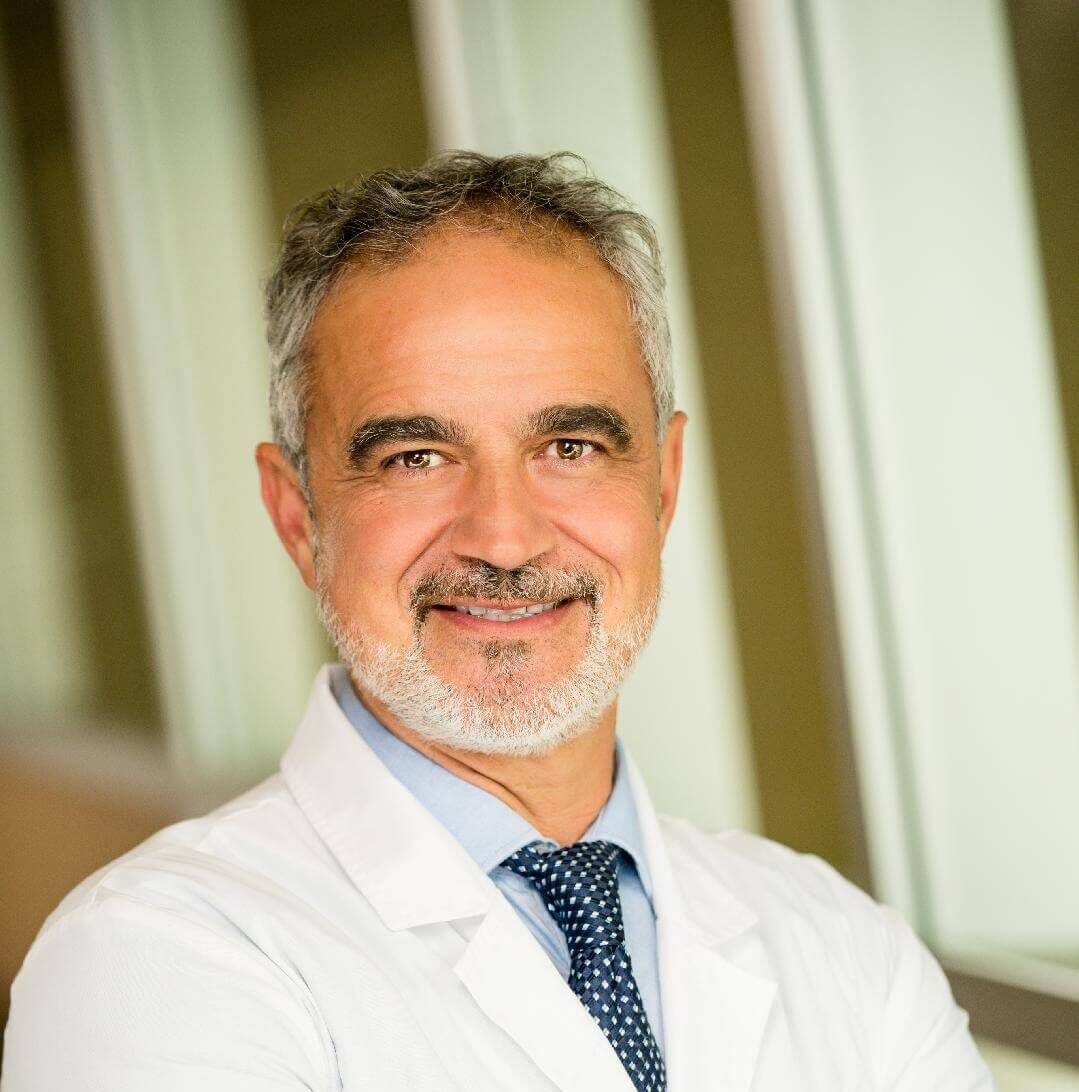Minimally Invasive Aortic Valve Replacement is the Best Option – Learn How it is Done and Why
Surgical approaches to aortic valve disease have dramatically improved by the introduction of minimally invasive aortic valve replacement techniques. In light of these new technologies, elderly patients can enjoy quicker and painless recoveries. This allows them to return to their families and homes two to three days after surgery. The aortic valve is a one-way valve that opens into the Aorta. There are two basic problems that can affect its function:
- If it does not open properly, the heart struggles against the resistance of a closed, stiff valve impairing the ability of the heart to empty out when contracting. This condition is called Aortic Valve Stenosis.
- The opposite end of the spectrum shows that the same valve may be “leaky” and not close completely when the heart is in between contractions. This makes the heart’s pumping action very inefficient. A good portion of the oxygenated blood that is pumped forward will leak back into the heart. This condition is known as Aortic Valve Insufficiency or Regurgitation.

